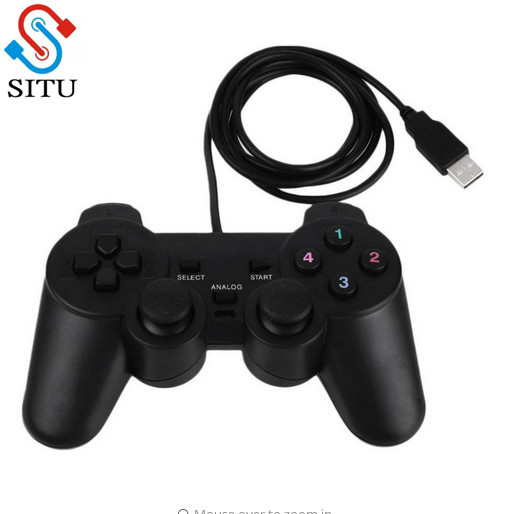

/cdn.vox-cdn.com/uploads/chorus_image/image/47851261/XB1_REVIEW_PHOTO-57.0.jpg)
- Via usb extensible host controller .096 xbox serial#
- Via usb extensible host controller .096 xbox driver#
- Via usb extensible host controller .096 xbox software#
Since the CPU no longer has to manage the polling of the USB bus, it can spend more time in low power states. If any USB device using interrupt transactions does have data to send, then an xHCI host controller will send an interrupt to notify the CPU that there is a USB interrupt transaction that needs handling. EHCI, OHCI, and UHCI host controllers would automatically handle polling for the CPU if there are no changes that need to be made and if no device has any interrupts to send but they all rely on the CPU to set the schedule up for the controllers.
Via usb extensible host controller .096 xbox driver#

Additionally, in the case of reads from the device, the device was polled each schedule interval, even if there was no data to read.
Via usb extensible host controller .096 xbox software#
The architectures of the legacy USB host controllers (OHCI, UHCI, and EHCI) were very similar in that the "schedule" for the transactions to be performed on the USB were built by software in host memory, and the host controller hardware would continuously read the schedules to determine what transactions needed to be driven on the USB, and when, even if no data was moved. Since then, mobile platforms have become the platform of choice, and their batteries have made power consumption a key consideration.
Via usb extensible host controller .096 xbox serial#
PS/2, serial port, parallel port, game port, etc., and host power consumption was not an important consideration at the time. When USB was originally developed in 1995, it was targeted at desktop platforms to stem the proliferation of connectors that were appearing on PCs, e.g. The xHCI architecture was designed to support all USB speeds, including SuperSpeed (5 Gbit/s) and future speeds, under a single driver stack. The OHCI and UHCI controllers support only USB 1 speed devices (1.5 Mbit/s and 12 Mbit/s), and the EHCI only supports USB 2 devices (480 Mbit/s). Define an extensible architecture that provides an easy path for new USB specifications and technologies, such as higher bandwidth interfaces, optical transmission medium, etc., without requiring the definition of yet another USB host controller interfaceĪrchitectural details Support for all speeds.target host controller power, performance and cost trade-offs for specific markets Provide the ability for different markets to differentiate hardware capabilities, e.g.Enable hardware "fail-over" modes in system resource constrained situations so devices are still accessible, but perhaps at less optimal power/performance point.Eliminate the "Companion Controller" model.Eliminate register writes and minimize register reads for normal data transfers.



 0 kommentar(er)
0 kommentar(er)
